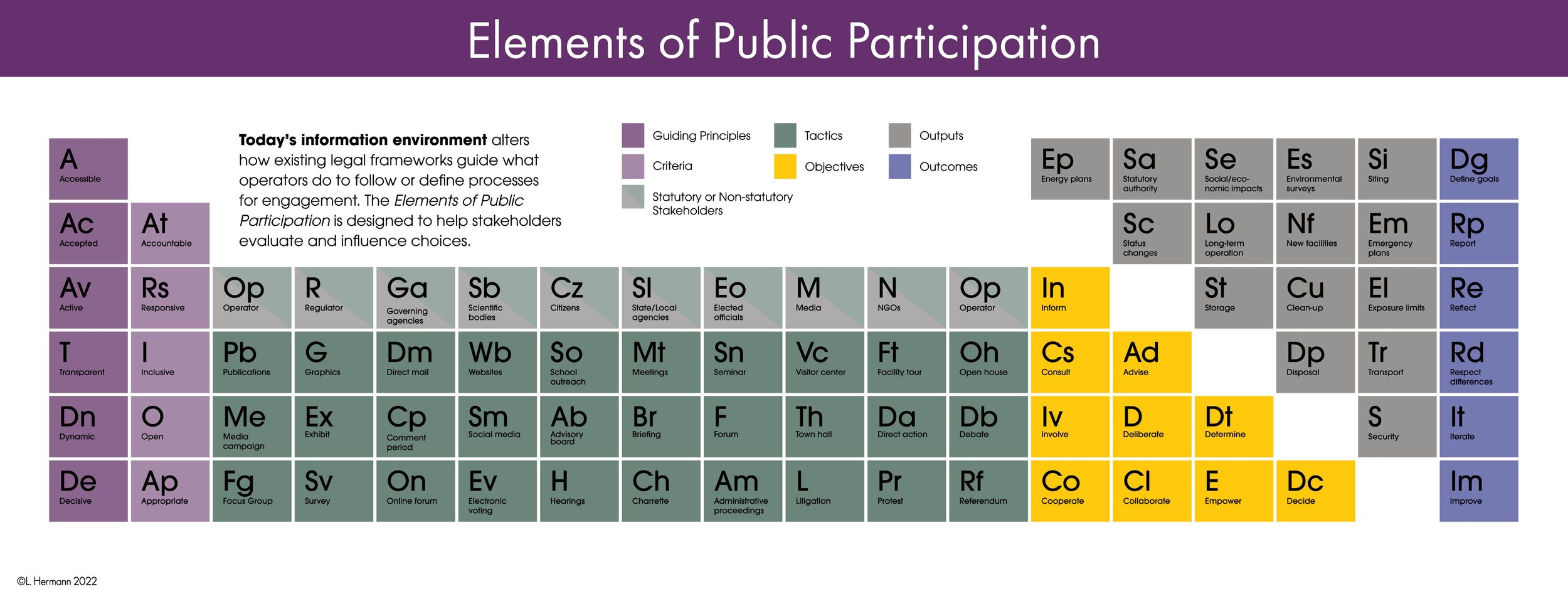
RESOURCES
This “Elements of Public Participation” diagram captures Potentiary’s approach to stakeholder engagement. It is used to facilitate consistent approaches to compare diverse contexts. Dive into the details here.
Improving Corporate Social Function
Change management offers processes to gain insight into stakeholder concerns and foster deeper relationships. By distinguishing categories of involvement, we identify opportunities for asset-based collaboration and mutually beneficial actions.
Preview our process.

